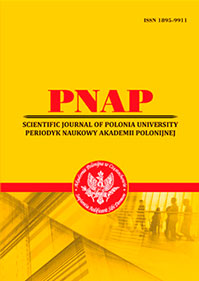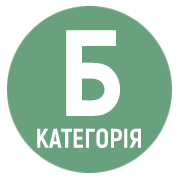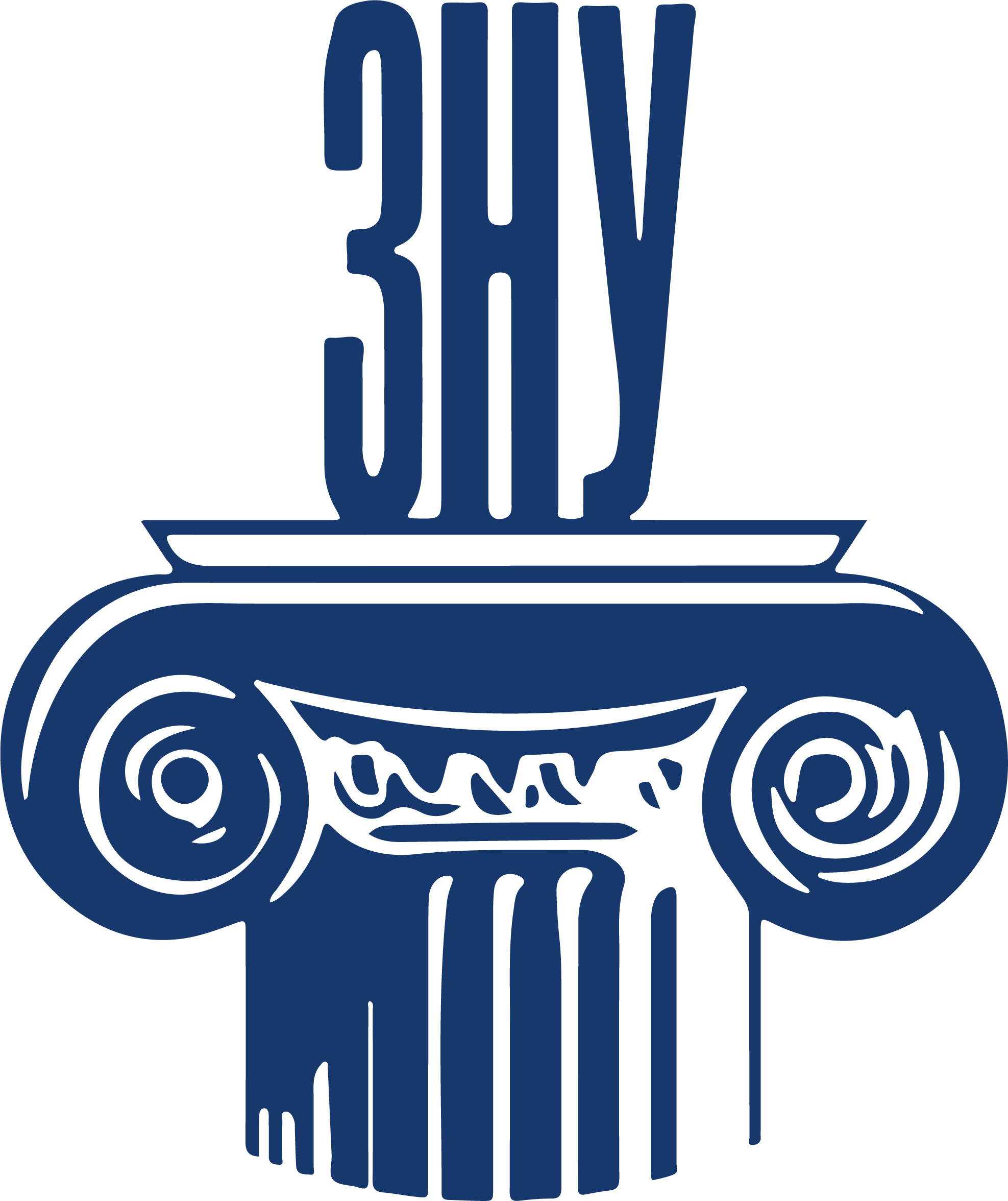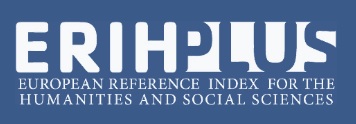LINGUOSEMIOTIC MARKERS OF PROFESSIONAL ART STUDIES DISCOURSIA
Abstract
Art studies discourse is often the subject of research of those scholars who focus mainly on revealing the specific characteristics of interpretative discourse by art critics, and as a result, there is a threat of subjectivity and deviation from the plausible content of the information obtained. An appeal to the analysis of the French-language art discоursia of the artists themselves, not observed previously in scientific philological research, at least on the material of the French language. shortens the path to the discovery of truth, promotes a sense of credibility and at the same time expands the scope of philological art studies. According to M. Foucault’s theory, “discoursia” is a tool of cognition, which represents a rather unconventional approach to the analysis of culture. The space of “discursive practices” is conditioned by the possibility of combining in a language chronologically different events that slip out of the power of cultural events, reproducing the dynamics of the real. Time permeates the utterance, is rooted in it, turns into the perception of some irresistible, inevitable sequence in time. In the collected corpus of factual material, which is represented by the discursive practices of modernist artists, four key concepts were identified: couleur, forme, philosophie, sensibilté. Conceptual analysis has promoted identification of specific linguosemiotic signs that reflect the peculiarities of professional art studies, philosophical reasoning and emotional perception of the world around. In the context of professional art studies discoursia, the word is often filled with meaningful, individual, authorial meanings, which is explained by the peculiarity of their perception of the world around in space, shapes, lines and colour. The collected corpus of factual material proved the existence of three types of semiotic signs to denote the dominant meaningful parts of statements: Art-forming, Intellectforming and Sentiment-forming signs. It is the synergetic effect of the interaction of image-forming signs that leads to the creation of a specific sense of professional art discoursia. We consider expanding the research space of art studies discursive practices to be prospective.
References
2. Булатова А. П. Лингво-когнитивный анализ искусствоведческого дискурса (тематические разновидности – музыка, архитектура) : дис. … канд. филол. наук. Москва, 1999. 276 с.
3. Валуйцева И. И., Плохова А. Б. Искусствоведческий дискурс (на примере анализа произведений живописи). Вестник МГОУ. Серия «Лингвистика». № 6. 2013. С. 105–106.
4. Галиева А. М. Дискурсия: перевод как источник нового термина. Ученые записки Казанского университета. Гуманитарные науки. Т. 152. Кн. 6. 2010. С. 124–132.
5. Галуцьких І. А. Тілесність у художній прозі англійського модернізму і постмодернізму (когнітивно-семіотичні студії) : монографія. Запоріжжя : Кругозір, 2016. 625 с.
6. Елина Е. А. Вербальные интерпретации произведений изобразительного искусства. Номинативно-коммуникативный аспект. Волгоград, Саратов : Изд. центр. СГСЭУ, 2002. 256 с.
7. Жаркова У. А. Воплощение знаковой природы изобразительного искусства в искусствоведческом дискурсе. Вестник Челябинского государственного университета. Филология. Искусствоведение, 2011. Вып. № 33 (248). С. 49–52.
8. Крапивкина О. А. Лингвосемиотический анализ концепта и понятия (на материале текстов научного и научно-популярного дискурса). Вестник Новосибирского государственного педагогического университета, 2017. № 4. С. 209–222.
9. Кубрякова Е. С., Александрова О. В. О контурах новой парадигмы знания в лингвистике. Структура и семантика художественного текста : Доклады VII Международной конференции. Москва : МГГУ им. М. А. Шолохова, 1999. С. 186–197.
10. Пихтовникова Л. С. Самоорганизация дискурса и отдельных типов дискурса. Синергетика в филологических исследованиях : монография. Харьков, 2015. С. 88–102.
11. Римар Ю. Я. Екфрастичні мініатюри Анрі Мішо. Екфразис. Вербальні образи мистецтва : монографія. Київ : Київський університет, 2013. С. 176–198. 12. Словарь постмодернизма. URL: https://slovar.cc/ isk/postmodern/2478904.html
13. Сорокин Ю. А., Тарасов Е. Ф. Креолизованные тексты и их коммуникативная функция. Оптимизация речевого воздействия. Москва : Наука, 1990. 240 с.
14. Cуродейкіна Т. В. Лінгвокогнітивна модель концепту «МИСТЕЦТВО» в англомовній картині світу. Нова філологія. Збірник наукових праць. Запоріжжя : ЗНУ, 2011. С. 139–142.
15. Усманова А. Р. Новейший философский словарь / сост. Грицанов А. А. Минск, 1998. 896 с. URL: https://www.gumer.info/bogoslov_Buks/ Philos/New_Dict/231.php
16. Хасанова З. С., Милетова Е. В., Бугаенко Н. П. Некоторые параметры и характеристики англоязычного специализированного искусствоведческого дискурса. URL: https://cyberleninka.ru/article/n/nekotoryeparametry- i-harakteristiki-angloyazychnogospetsializirovannogo- iskusstvovedchesk
17. Dictionnaire des synonymes de la langue française. Librairie Larousse. Paris-VI, 1973. 626 p.
18. Foucault M. L’archéologie du savoir. Ed. Paris Gallimard, 1969. 143 р. URL: http:// w w w . a r c h i p r e s s . o r g / d o c s / p d f / FoucaultArcheologie_du_savoir.pdf
19. Foucault Michel. Les_mots_et_les_choses. pdf. URL: https://monoskop.org/images/4/40/ Foucault_Michel_Les_mots_et_les_choses.pdf
20. Lièvre-Crosson Elisabeth. Comprendre la peinture. Les Essentiels Milan. Edition MILAN. Toulouse, 1999. 64 p.
21. URL: https://dictionnaire.lerobert.com/definition/ forme
22. URL: https://www.larousse.fr/dictionnaires/francais/ pouvoir/63206
23. URL: https://dictionnaire.orthodidacte.com/article/ etymologie-philosophie
24. URL: https://fr.wiktionary.org/wiki/
25. URL: https://www.dicocitations.com/auteur/ 2382/Wassily_Kandinsky.php
26. URL: https://www.citation-celebre.leparisien.fr/ auteur/claude-monet
27. URL: https://citation-celebre.leparisien.fr/auteur/ paul-cezanne#:~
28. URL: https://www.babelio.com/auteur/Henri- Matisse/8213/citations
29. URL: https://www.linternaute.fr/citation/auteur/ pablo-picasso/17098/
30. URL: https://citation-celebre.leparisien.fr/auteur/ paul-gauguin
31. URL: https://www.dicocitations.com/auteur/ 4455/Vincent_Van_Gogh.php
32. URL: https://citation-celebre.leparisien.fr/auteur/ amedeo-modigliani
33. URL: https://citation-celebre.leparisien.fr/auteur/ marc-chagall
 ISSN
ISSN 


.png)



